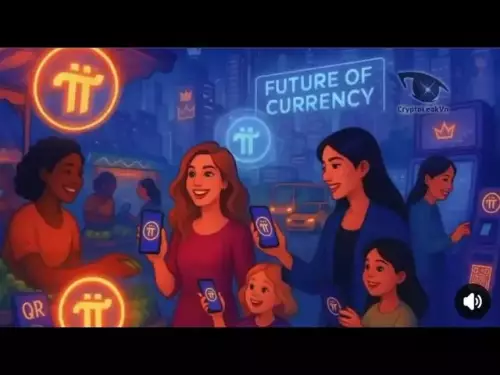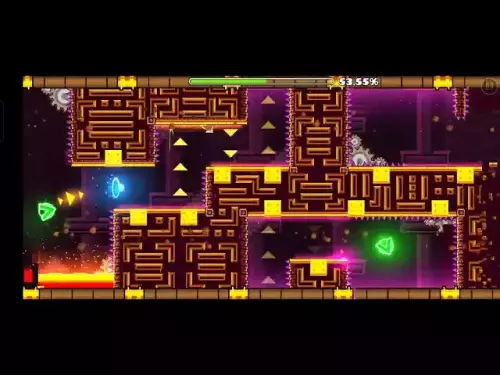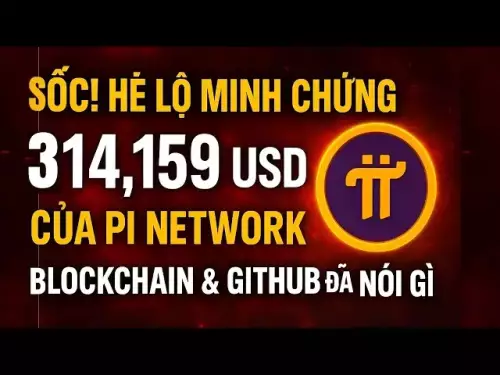-
 bitcoin
bitcoin $109547.008142 USD
0.04% -
 ethereum
ethereum $4011.838726 USD
-0.05% -
 tether
tether $1.000402 USD
-0.01% -
 xrp
xrp $2.798606 USD
0.88% -
 bnb
bnb $970.877944 USD
1.39% -
 solana
solana $202.237275 USD
-0.95% -
 usd-coin
usd-coin $0.999673 USD
0.00% -
 dogecoin
dogecoin $0.229294 USD
-1.15% -
 tron
tron $0.336370 USD
-0.45% -
 cardano
cardano $0.777260 USD
-1.66% -
 hyperliquid
hyperliquid $45.503019 USD
1.73% -
 ethena-usde
ethena-usde $1.000362 USD
0.01% -
 chainlink
chainlink $20.785303 USD
-1.10% -
 avalanche
avalanche $28.755822 USD
-0.11% -
 stellar
stellar $0.358303 USD
-0.48%
Crypto Artwork Process: How to Create and Sell Your NFT
To successfully sell your NFT, conceptualize unique artwork, prepare a high-quality digital file, set up a compatible wallet, mint on a blockchain, and list attractively on marketplaces.
Jun 09, 2025 at 11:15 pm
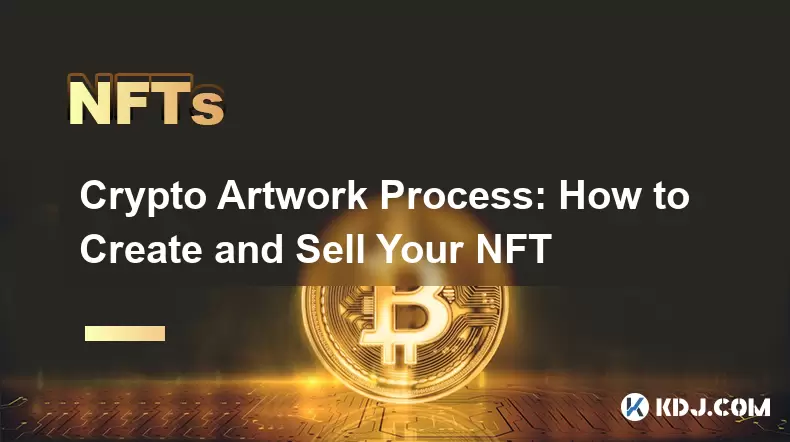
Creating and selling your own NFT (Non-Fungible Token) artwork can be a rewarding venture in the world of cryptocurrency. This process involves several steps, from conceptualizing your artwork to listing it on a marketplace. In this article, we will guide you through the entire process, ensuring you have all the information needed to successfully create and sell your NFT.
Conceptualizing Your Artwork
Before you dive into the technical aspects of creating an NFT, it's essential to start with a strong concept for your artwork. Your artwork should be unique and engaging to stand out in the crowded NFT marketplace. Consider what themes or styles appeal to you and how you can bring something new to the table. Whether it's digital art, music, or even a video, the key is to create something that resonates with potential buyers.
Take time to brainstorm and sketch out your ideas. You might want to create a series of related pieces or a standalone masterpiece. The more thought you put into the conceptual stage, the better your final product will be. Remember, the value of an NFT often lies in its uniqueness and the story behind it.
Preparing Your Digital File
Once you have a clear concept, the next step is to create your digital file. Ensure your file is in a format compatible with NFT marketplaces, such as JPEG, PNG, or MP4 for video. The quality of your file is crucial, so make sure it's high resolution to appeal to buyers.
Here are some steps to prepare your digital file:
- Create your artwork: Use your preferred digital art software to create your piece. Programs like Adobe Photoshop, Illustrator, or Procreate are popular choices.
- Save your file: Once your artwork is complete, save it in the appropriate format. For images, a minimum resolution of 300 DPI is recommended.
- Optimize the file size: Large files can be cumbersome for buyers to download. Use tools like TinyPNG to compress your file without losing quality.
Setting Up Your Digital Wallet
To create and sell an NFT, you'll need a digital wallet that supports the blockchain on which you plan to mint your token. Popular choices include MetaMask for Ethereum and Phantom for Solana. Here's how to set up your wallet:
- Download the wallet: Visit the official website of your chosen wallet and download the software or browser extension.
- Create a new wallet: Follow the on-screen instructions to create a new wallet. You'll be asked to set a strong password and write down your recovery phrase. Keep your recovery phrase safe and secure.
- Fund your wallet: You'll need some cryptocurrency to cover the fees associated with minting and selling your NFT. Transfer funds from an exchange or another wallet to your new digital wallet.
Minting Your NFT
Minting is the process of creating your NFT on the blockchain. Different marketplaces have different minting processes, but we'll focus on a general approach using platforms like OpenSea or Rarible.
- Connect your wallet: Visit the NFT marketplace of your choice and connect your digital wallet.
- Upload your file: Follow the prompts to upload your digital file. Fill in the required metadata, such as the title, description, and any royalties you wish to set.
- Set the price: Decide whether you want to sell your NFT at a fixed price or through an auction. You can also set a reserve price for auctions.
- Confirm and mint: Review all the details and confirm the transaction. You'll need to pay a gas fee to mint your NFT on the blockchain.
Listing Your NFT for Sale
After minting your NFT, the next step is to list it for sale on the marketplace. Make sure your listing is attractive and informative to attract potential buyers.
- Write a compelling description: Highlight the uniqueness of your artwork and any story behind it. Include relevant hashtags to increase visibility.
- Set the right price: Research similar NFTs to gauge the market and set a competitive price. Consider starting with a lower price to attract initial interest.
- Promote your NFT: Share your listing on social media platforms and engage with the NFT community to drive interest.
Handling the Sale and Transfer
Once your NFT is listed, you'll need to monitor its progress and handle any sales. When a buyer purchases your NFT, the transaction will be processed on the blockchain.
- Confirm the sale: Once a sale is made, the buyer's payment will be transferred to your wallet, minus any marketplace fees and gas costs.
- Transfer ownership: The NFT will automatically transfer to the buyer's wallet. You can track this process on the blockchain explorer.
- Manage royalties: If you set royalties during the minting process, you'll receive a percentage of any future sales of your NFT.
Frequently Asked Questions
Q: Can I create an NFT from physical artwork?A: Yes, you can create an NFT from physical artwork by digitizing it. Scan or photograph your artwork at a high resolution, then follow the steps outlined above to mint and sell it as an NFT.
Q: How do I choose the right blockchain for my NFT?A: The choice of blockchain depends on factors like transaction fees, speed, and community support. Ethereum is the most popular for NFTs, but alternatives like Solana offer lower fees and faster transactions. Research each option to see which best fits your needs.
Q: What are the risks of creating and selling NFTs?A: Some risks include high gas fees, market volatility, and potential scams. Always use reputable marketplaces and wallets, and be aware of the fluctuating value of cryptocurrencies.
Q: Can I sell my NFT on multiple marketplaces?A: Yes, you can list your NFT on multiple marketplaces simultaneously. However, be aware that some platforms may have exclusivity agreements or different listing requirements.
Disclaimer:info@kdj.com
The information provided is not trading advice. kdj.com does not assume any responsibility for any investments made based on the information provided in this article. Cryptocurrencies are highly volatile and it is highly recommended that you invest with caution after thorough research!
If you believe that the content used on this website infringes your copyright, please contact us immediately (info@kdj.com) and we will delete it promptly.
- Whale Movements, XPL Token, and Hyperliquid: Decoding the Crypto Tides
- 2025-09-28 14:25:14
- BullZilla Roars: Presales, Ripple, and TRON in the Crypto Jungle
- 2025-09-28 14:25:14
- Nation-State Bitcoin Adoption: Samson Mow's Perspective on the 'Suddenly' Moment
- 2025-09-28 14:45:12
- XRP Price, WallStreetBets, and Rally Prediction: A New Era?
- 2025-09-28 14:45:12
- Pi Network, Sign Protocol, and the Binance Listing Buzz: What's the Deal?
- 2025-09-28 14:30:01
- BTC, HODLers, and a Potential Bull Run: A New Yorker's Take
- 2025-09-28 14:30:01
Related knowledge

How can I determine the authenticity of an NFT project?
Sep 23,2025 at 05:18pm
Understanding the Project Team and Their Background1. Research the identities of the team members behind the NFT project. Verified social media profil...

What's the difference between NFTs and traditional collectibles?
Sep 19,2025 at 12:55pm
Digital Ownership and Provenance1. NFTs are built on blockchain technology, which ensures transparent and immutable records of ownership. Every transa...
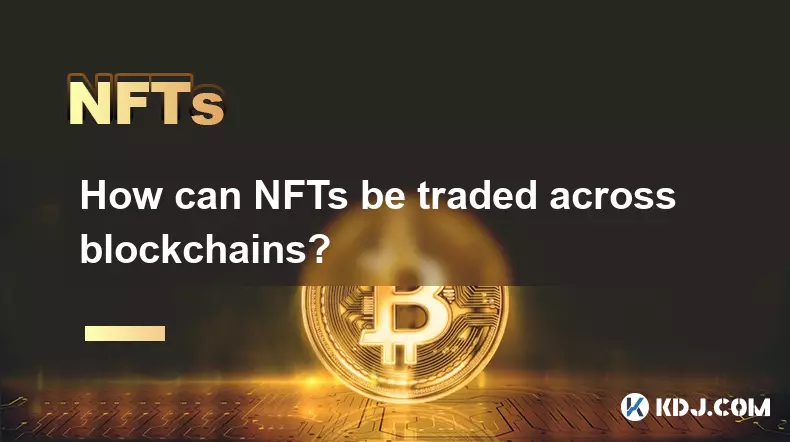
How can NFTs be traded across blockchains?
Sep 19,2025 at 12:00pm
Understanding Cross-Chain NFT Trading1. Non-fungible tokens (NFTs) are digital assets that represent ownership of unique items on a blockchain. Origin...

How is NFT rarity calculated?
Sep 18,2025 at 07:54pm
Understanding NFT Rarity Metrics1. NFT rarity is determined by analyzing the uniqueness of individual traits within a collection. Each NFT typically c...
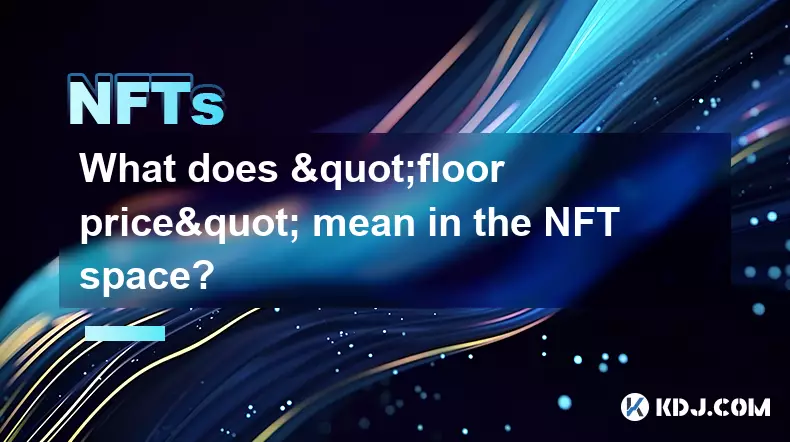
What does "floor price" mean in the NFT space?
Sep 22,2025 at 06:36am
Floor Price: A Core Metric in the NFT Marketplace1. The term floor price refers to the lowest current asking price for any item within a specific NFT ...

How do NFTs help content creators?
Sep 18,2025 at 08:00am
NFTs Empower Creators with Ownership and Monetization1. NFTs provide content creators with verifiable ownership of their digital works, ensuring authe...

How can I determine the authenticity of an NFT project?
Sep 23,2025 at 05:18pm
Understanding the Project Team and Their Background1. Research the identities of the team members behind the NFT project. Verified social media profil...

What's the difference between NFTs and traditional collectibles?
Sep 19,2025 at 12:55pm
Digital Ownership and Provenance1. NFTs are built on blockchain technology, which ensures transparent and immutable records of ownership. Every transa...

How can NFTs be traded across blockchains?
Sep 19,2025 at 12:00pm
Understanding Cross-Chain NFT Trading1. Non-fungible tokens (NFTs) are digital assets that represent ownership of unique items on a blockchain. Origin...

How is NFT rarity calculated?
Sep 18,2025 at 07:54pm
Understanding NFT Rarity Metrics1. NFT rarity is determined by analyzing the uniqueness of individual traits within a collection. Each NFT typically c...

What does "floor price" mean in the NFT space?
Sep 22,2025 at 06:36am
Floor Price: A Core Metric in the NFT Marketplace1. The term floor price refers to the lowest current asking price for any item within a specific NFT ...

How do NFTs help content creators?
Sep 18,2025 at 08:00am
NFTs Empower Creators with Ownership and Monetization1. NFTs provide content creators with verifiable ownership of their digital works, ensuring authe...
See all articles





















